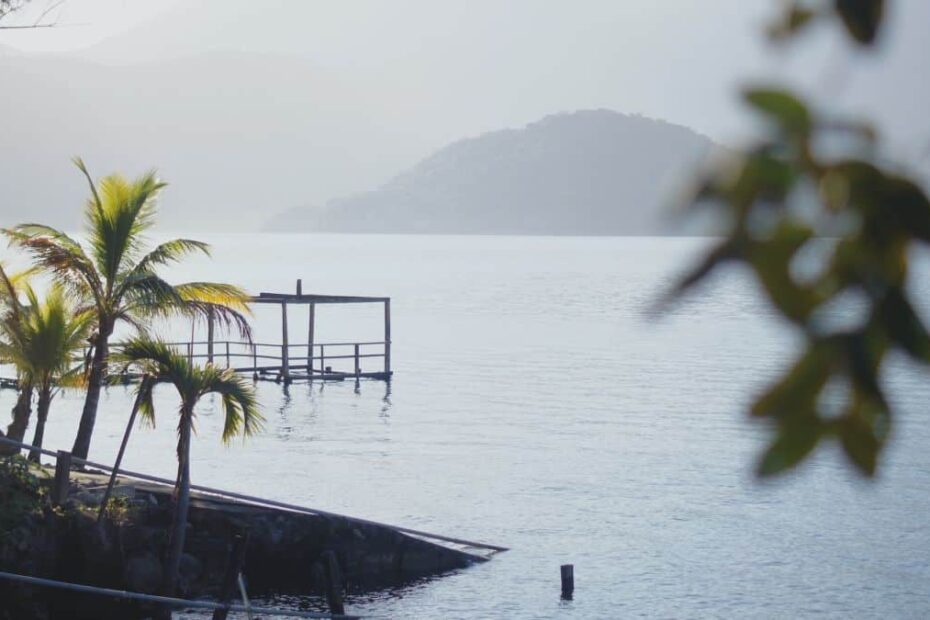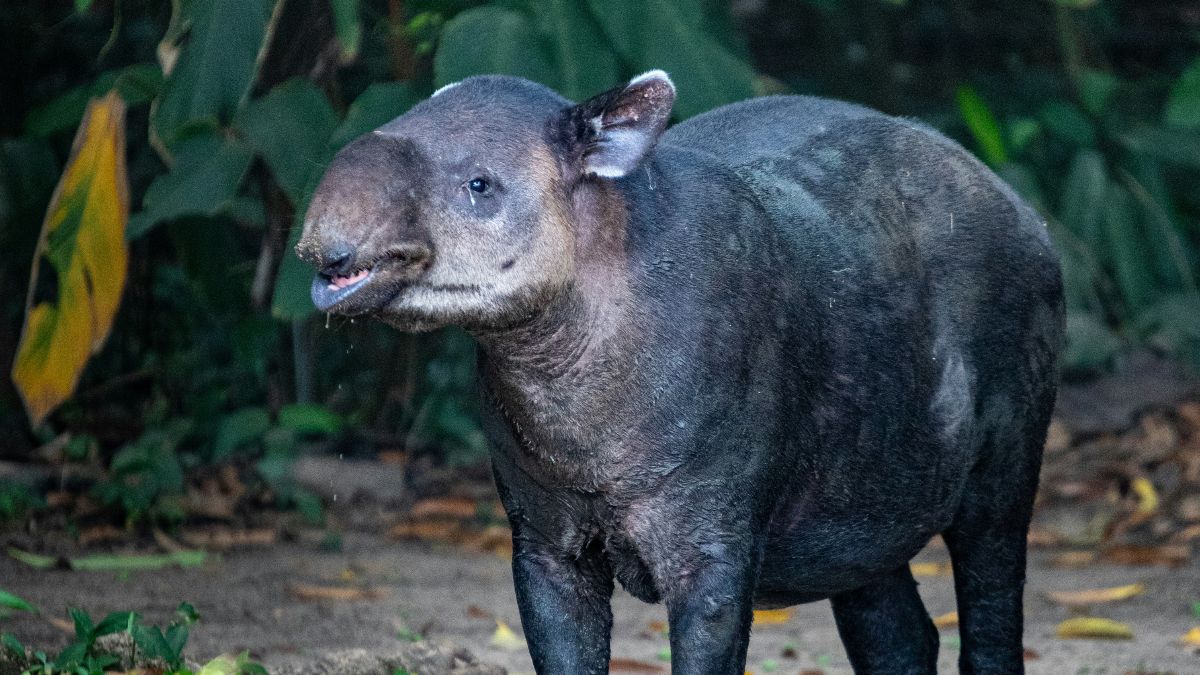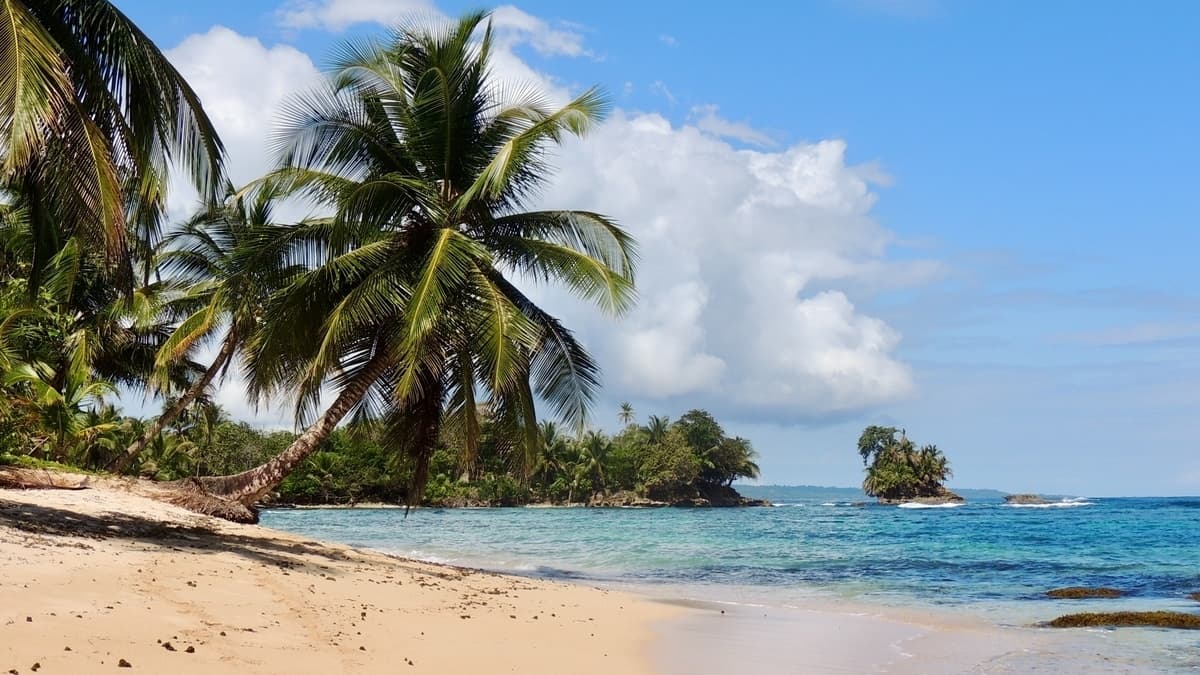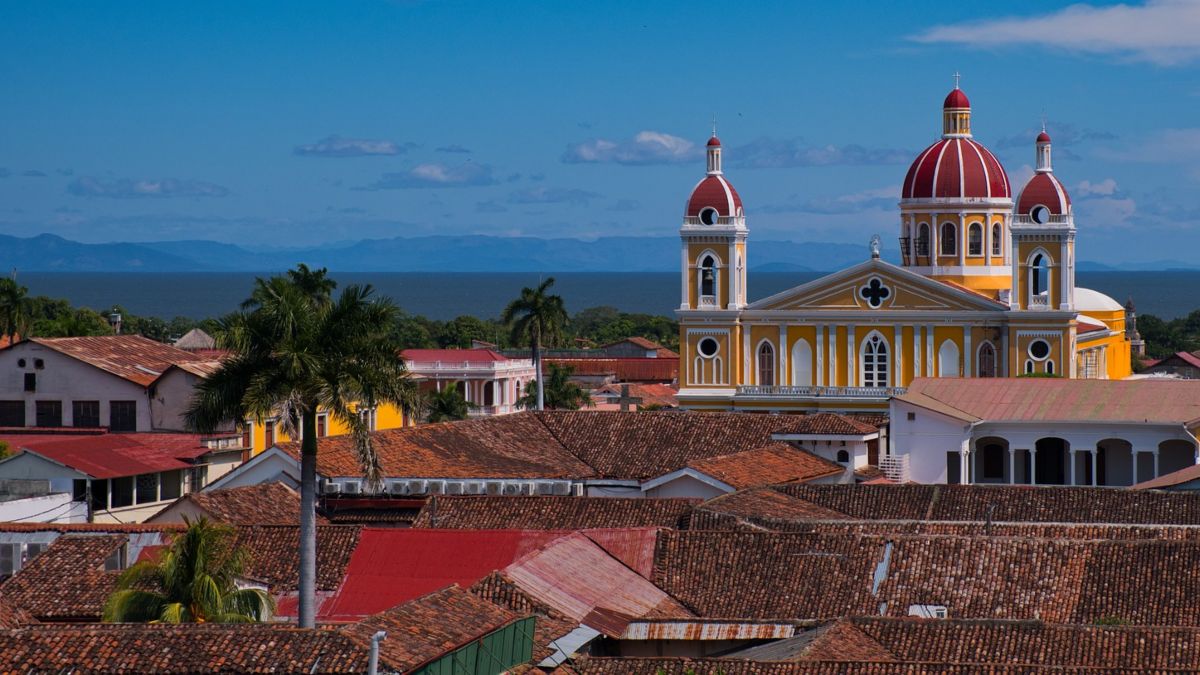Lakes Coatepeque and Ilopango are the two “great lakes of El Salvador” and both hold dear memories for Patricia Trigueros from childhood through adolescence to the present day.
When I speak of these two prominent lakes in El Salvador, objectivity eludes me.
It’s impossible to confine myself to mere factual descriptions. These lakes are more than size, area, and activities I’ve never done. To me, it’s a personal relationship with both Ilopango and Coatepeque, each unique and equally wonderful.
Lake Coatepeque
Occasionally, when the sky is clear and I find myself driving towards Sonsonate, I can see the depression where Lake Coatepeque rests, sitting 2,448 feet above sea level. Nestled alongside Volcán Santa Ana and the neighboring mountains, the beauty of its deep blue waters framed by volcanic edges is indescribable. There are too many shades of blue to count.
As a child, I would visit Coatepeque every other weekend, as a guest of my best friend’s family. We would entertain each other on the long drive to the lake and enjoy lazy mornings, sleeping and reading before heading down to the deck. Those weekends were filled with conversations, laughter, swimming, and music.
As the youngest members of the group, our activities were separate from the adults, except for the meals. The food, I recall, was the main attraction. Whether it was breakfast, lunch, or dinner, my friend’s parents would encourage me to savor every bite and take second helpings. It wasn’t about my appetite; what mattered was the shared enjoyment of everyone’s company.
View this post on Instagram
Those weekends at Coatepeque were not defined by jet-skiing or windsurfing but rather by unhurried meals, leisurely days, and blissful hammock naps.
Even now, my friend says that Coatepeque is her favorite place in the world, and she’s traveled a lot. Her mother recounts hiking the mountain trails and carrying a cooler filled with snacks and drinks. Our routine, however, was less glamorous: Tupperware containers brimming with seasoned sliced mangoes, stacks of magazines befitting our pre-teen selves, and leisurely rides on paddle-boats. We’d soothe our sunburns with night swims in the cool waters.
As we grew older, we emulated our parents, engaging in late-night conversations with fellow guests on the deck, sharing drinks, and weaving private tales. We melded these stories with our childhood memories, becoming co-conspirators in the inside jokes we kept to ourselves, relishing them over breakfast the following morning and throughout the years.
Even today, I continue to enjoy weekends like those with my friend. Our conversations at Lake Coatepeque delve into profound explorations of our bond and the people we’ve encountered along our journeys.
They say it’s unwise to compare and that one should appreciate things for what they are. Yet, on my last visit to Lake Coatepeque, while gazing at its splendor from the deck of a restaurant after a hike, I couldn’t help saying, “This is nothing. You should check out Lake Ilopango, it’s so much bigger.”
View this post on Instagram
Lake Ilopango
Ilopango, my other lake of memories, holds a special place in my heart. My experiences at Ilopango are more recent than those at Coatepeque, and remain vivid and emotive. While both lakes are of volcanic origin, Ilopango, at a lower elevation, feels more expansive.
I urge you to visit Ilopango. When I first went, shortly after moving to San Salvador, I was immediately captivated. The drive was short, as was my initial visit, yet the impression it left on me lingers to this day. In a mere thirty minutes, we arrived at a house with a deck and a pool. I jumped in and out of that pool, and off the deck, and into the lake. I had lake plants on me and laughed so much.
While traffic has increased, I still make regular pilgrimages to Ilopango.
Returning to that same house, my memories merge into a mosaic of fleeting images—a tapestry of hazy recollections. The tree in the garden greets me with familiarity on every visit. After lunch, I recline and observe the expansive emerald expanse of the garden, where I once played soccer, took blissful naps, and lost myself in books on a comfortable blanket. Now I see others doing the same as I did and watch everything unfold.
I can still taste the experimental margaritas from that one afternoon at Ilopango and feel the soothing embrace of a nap on a blue sofa from another afternoon. New Year’s fireworks at Ilopango, clandestine skinny-dipping sessions, indulgent feasts, excessive revelry, and exuberant dances echo through my mind.
View this post on Instagram
The last time, though, it was tamer.
Everyone did a swell job at charades, and no one knew guessing something could be so much fun, how about another round? But, first, another drink.
We began the day with a quick breakfast before boarding a boat to explore the lake. Where would our adventures take us today?
There’s a rock I once jumped from, but I haven’t been back since. The climbing was fine, but the jump was scary. I haven’t screamed that loud since, either. Then there’s the tree, which we climb to jump into the lake… but if we go there, I guess I’ll just lie in the sun.
I enjoy the islets too, Los Cerros Quemados from a late-19th-century eruption. We swim around them, and they always look beautiful.
And if not there, we’ll seek solace in other corners of this vast and expansive lake, swimming freely, unrestricted by boundaries.
Then it’s time to head back for lunch, the prelude to an enchanting afternoon of relaxing before watching the sunset—watching its colors evolve and fade—immersed in the seclusion of this majestic lake.
View this post on Instagram
Patricia Trigueros is a free spirit, writer, and translator from El Salvador. She has the habit of drinking too much coffee and writing in English, French, and Spanish. Check out her blog or follow her on Twitter and Instagram.




